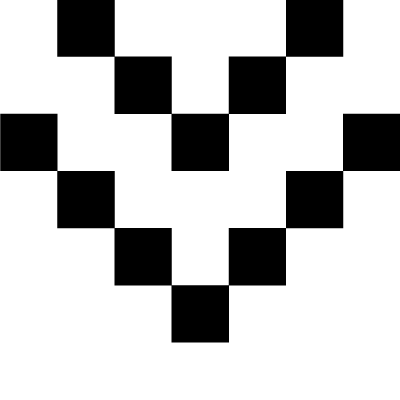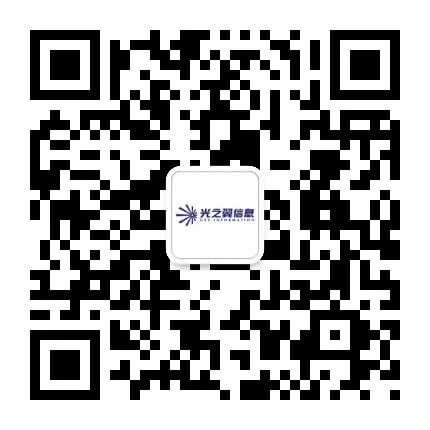Click the blue text to follow us
The hype around the Internet of Things (IoT) has been ongoing for years, with countless use cases across various industries such as logistics, healthcare, maintenance, manufacturing, and construction.
The ultimate goal of implementing IoT in businesses is to save time and money while improving efficiency. For example, in manufacturing, IoT can be used to monitor machines for overheating or excessive vibration. This allows manufacturers to apply predictive maintenance instead of reactive maintenance, thereby avoiding unplanned and costly downtime.
Typically, IoT solutions consist of four basic elements:
We will start with the first element in the “How IoT Works” series: Sensors.
The IoT workflow begins with sensor devices. Sensors are not new; they have been used by organizations for a long time (Did you know the first sensor was invented in the 19th century?). However, with the rise of IoT, the role of sensors has been greatly enhanced.
A sensor is a device that monitors and responds to some input from the physical environment. The specific inputs can be light, heat, motion, moisture, pressure, or any of many other environmental phenomena. The output is typically converted directly on the sensor into human-readable information or transmitted electronically over a network for reading or further processing.
In the context of IoT, sensor devices are the field hardware used to collect data from their environment.
Today, IoT sensor devices can connect to almost anything, but each IoT use case requires specific types of sensors. Here are some of the most commonly used types of IoT sensors and their use cases.
Temperature sensors play a critical role in many IoT applications; for example, maintaining the proper temperature is crucial for many manufacturing processes. Using IoT sensors to monitor temperature remotely enables predictive maintenance and reduces costly downtime. Another use case for temperature sensors is cold chain monitoring in the food and pharmaceutical industries.
For example, in waste management, level sensors allow trash bins to be emptied only when necessary. Another use case for level sensors is measuring the tank levels in liquid asset inventories (like fuel).
Measuring acceleration is useful in many use cases, such as monitoring vehicles. Accelerometers can also be used to monitor excessive vibration in machines or unauthorized movement of stationary objects (anti-theft protection).
Measuring humidity is critical for many manufacturing processes, including pharmaceuticals and paper making. Humidity sensors can also be used for greenhouse monitoring.
GPS trackers are used to track the geographic location of assets, for instance, they can be used in vehicles or containers.
Several factors limit the use of IoT sensor devices. The main ones are:
It is challenging to find sensor devices that are small, cheap, and have a long battery life (e.g., five years). Today, many sensor devices are still quite bulky, and size is related to battery life: the longer the battery life, the larger the battery, and thus the larger the sensor device.
However, as technology advances, the combination of size, cost, and battery life of sensor devices is expected to improve in the near future.
What’s Next in the IoT Workflow?
Now that we have installed the sensor devices, it’s time to send the collected data out. In IoT applications, sensors connect to the network (Wi-Fi, LPWAN, cellular, etc.) and transmit the collected data over the network, with the destination typically being a cloud-based service platform for data processing.
The next issue of 【翼课堂】 will continue discussing “How IoT Works: Network Connectivity”, stay tuned!
Unless otherwise specified, the content here is sourced from the internet, WeChat public accounts, and other public channels, and does not represent the views of this site, provided for reference and exchange purposes only. The copyright of the reproduced articles belongs to the original author or organization.
光之翼 is a comprehensive enterprise with nearly twenty years of system integration service capabilities.Based on national and industry standards for low-voltage system integration services, and focusing on three major areas of integrated systems: Intelligent Building Systems (IBMS), Computer Network Systems (CNMS), and Security Prevention Systems (SPS), we utilize various system integration technologies such as structured cabling technology, building automation technology, computer network communication technology, computer network security technology, multimedia application technology, and security prevention technology to provide clients with overall system integration solutions that meet personalized needs.We are the preferred service operator for the digital transformation and upgrading of enterprises and social organizations.
The power of technology is changing the world
光之翼 looks forward to cooperating with you

Scan the QR code to get closer to 河北光之翼
AI + Digital Application Scenarios



